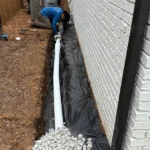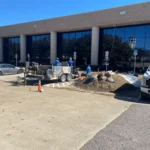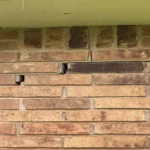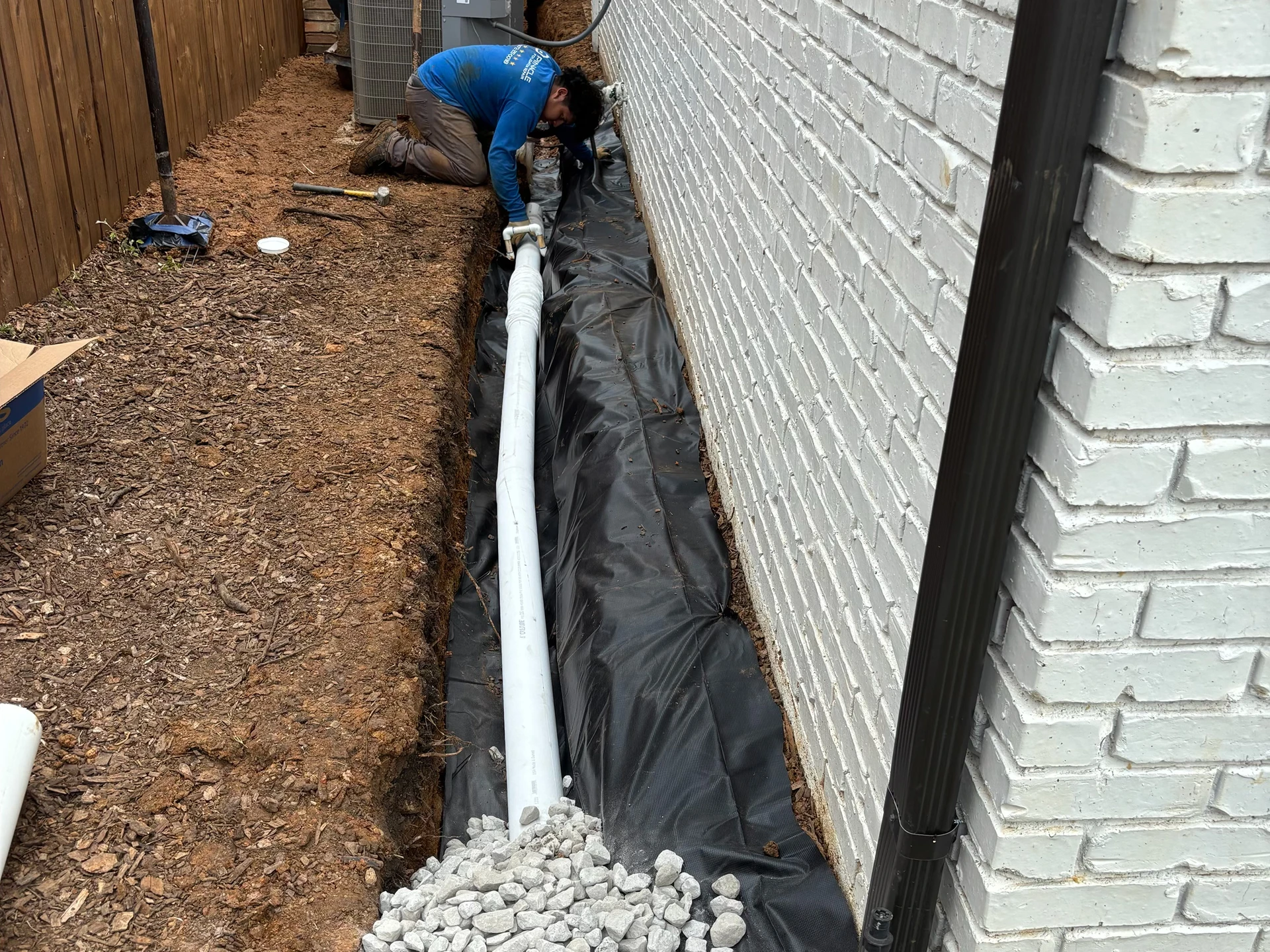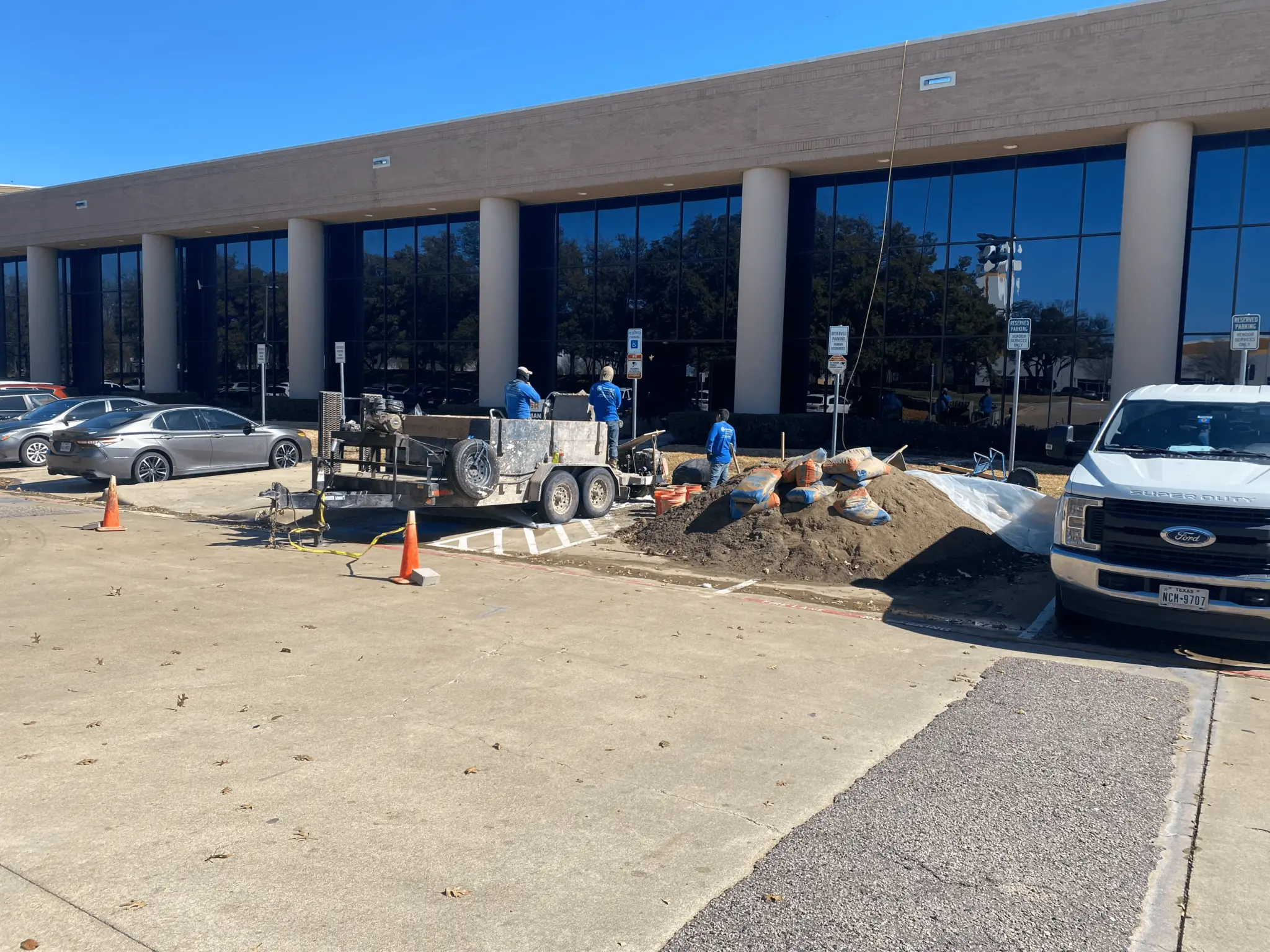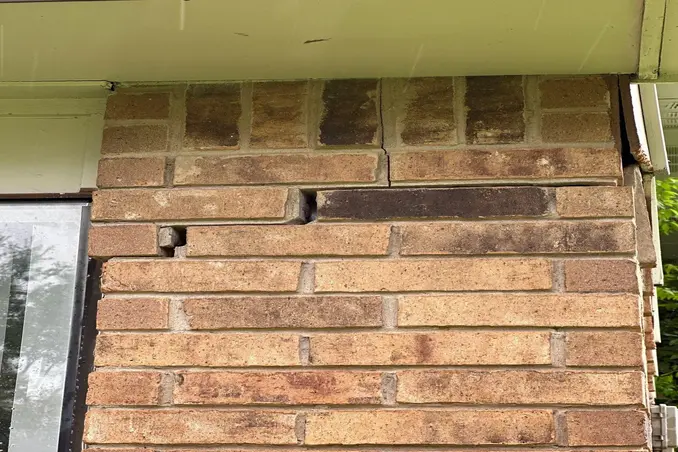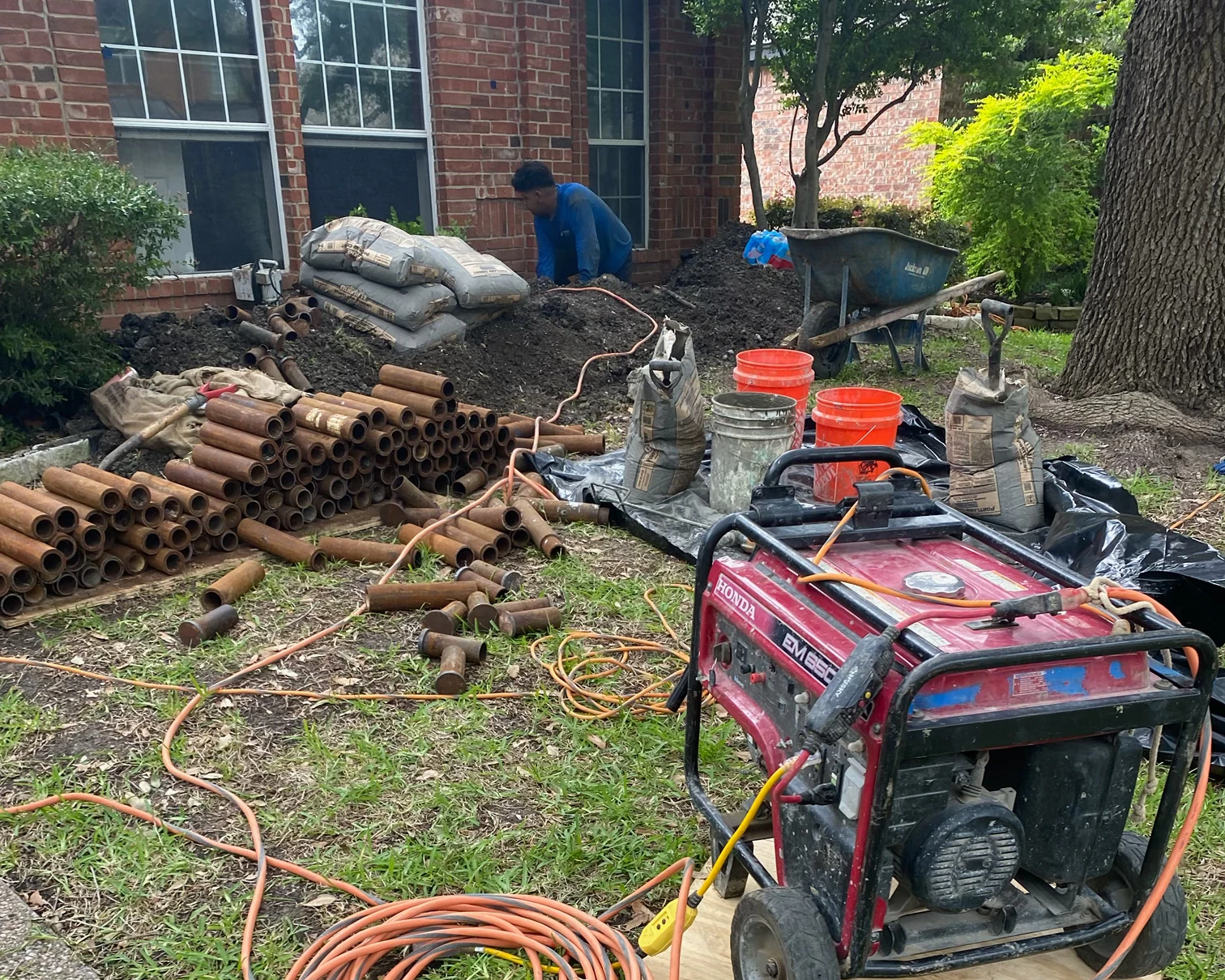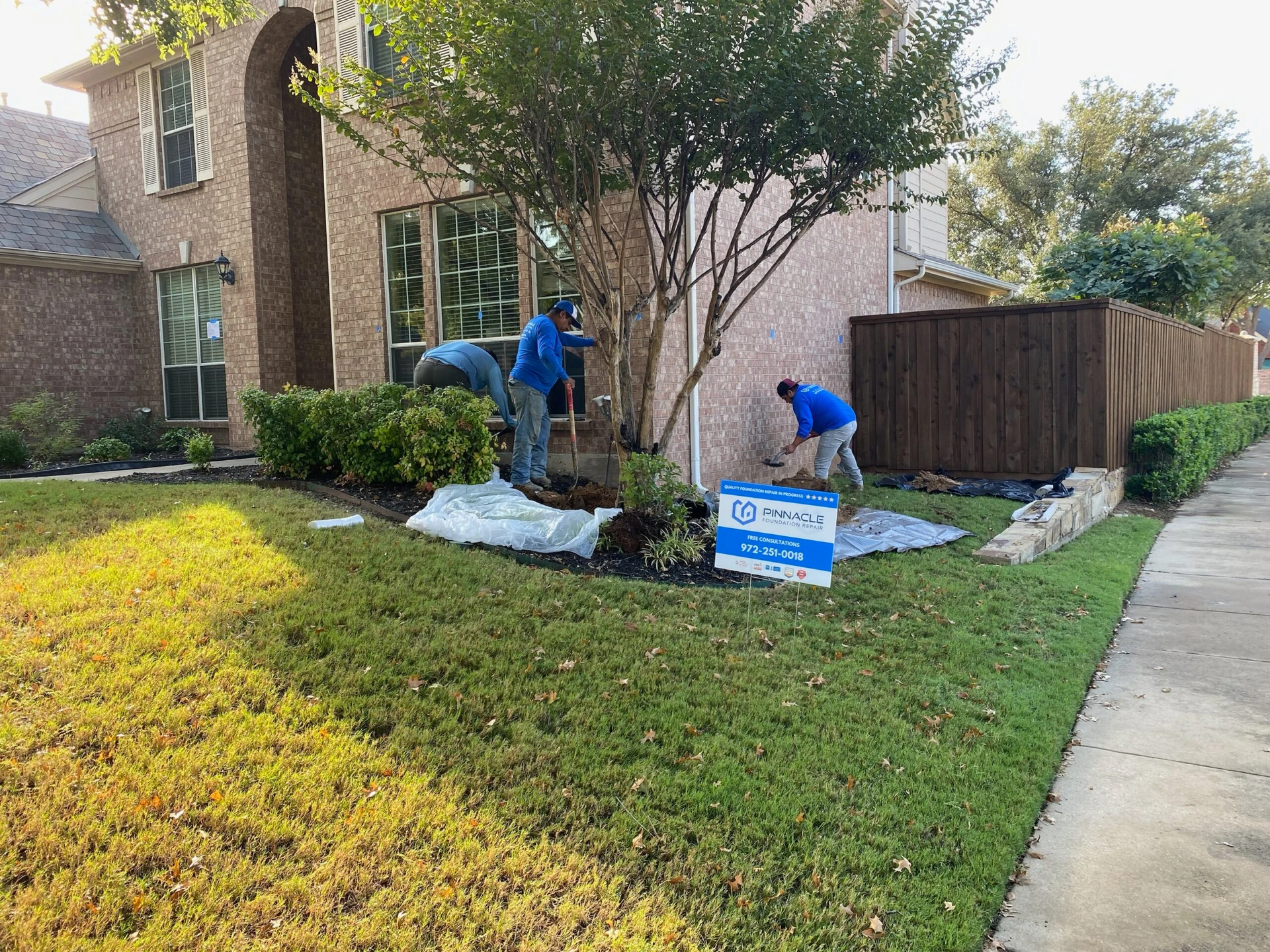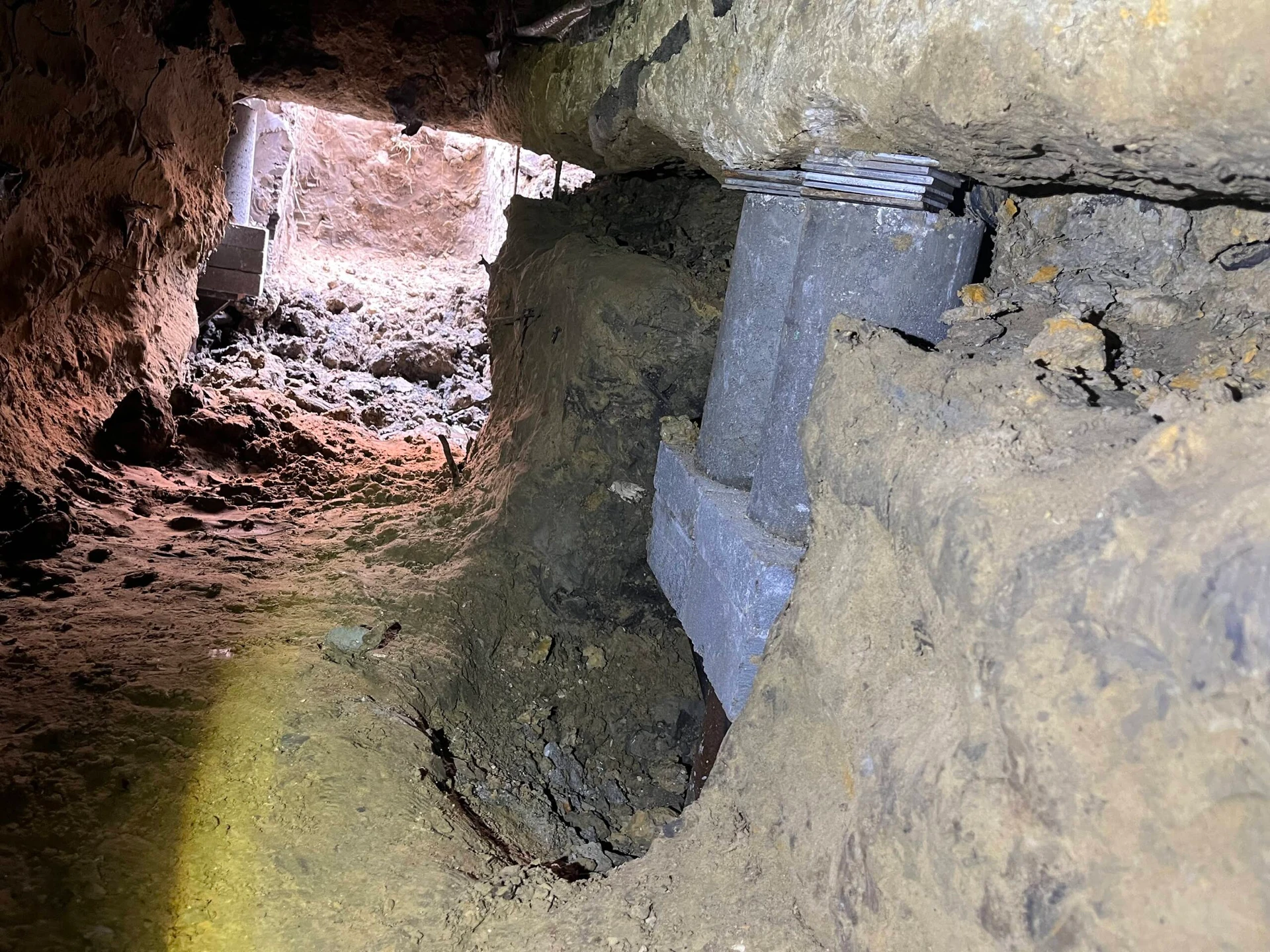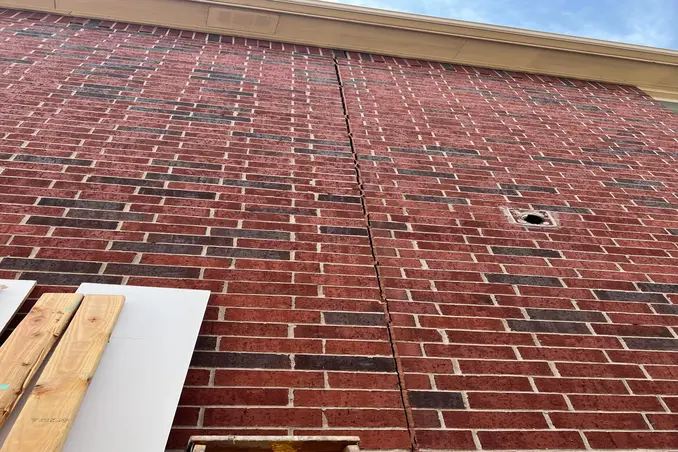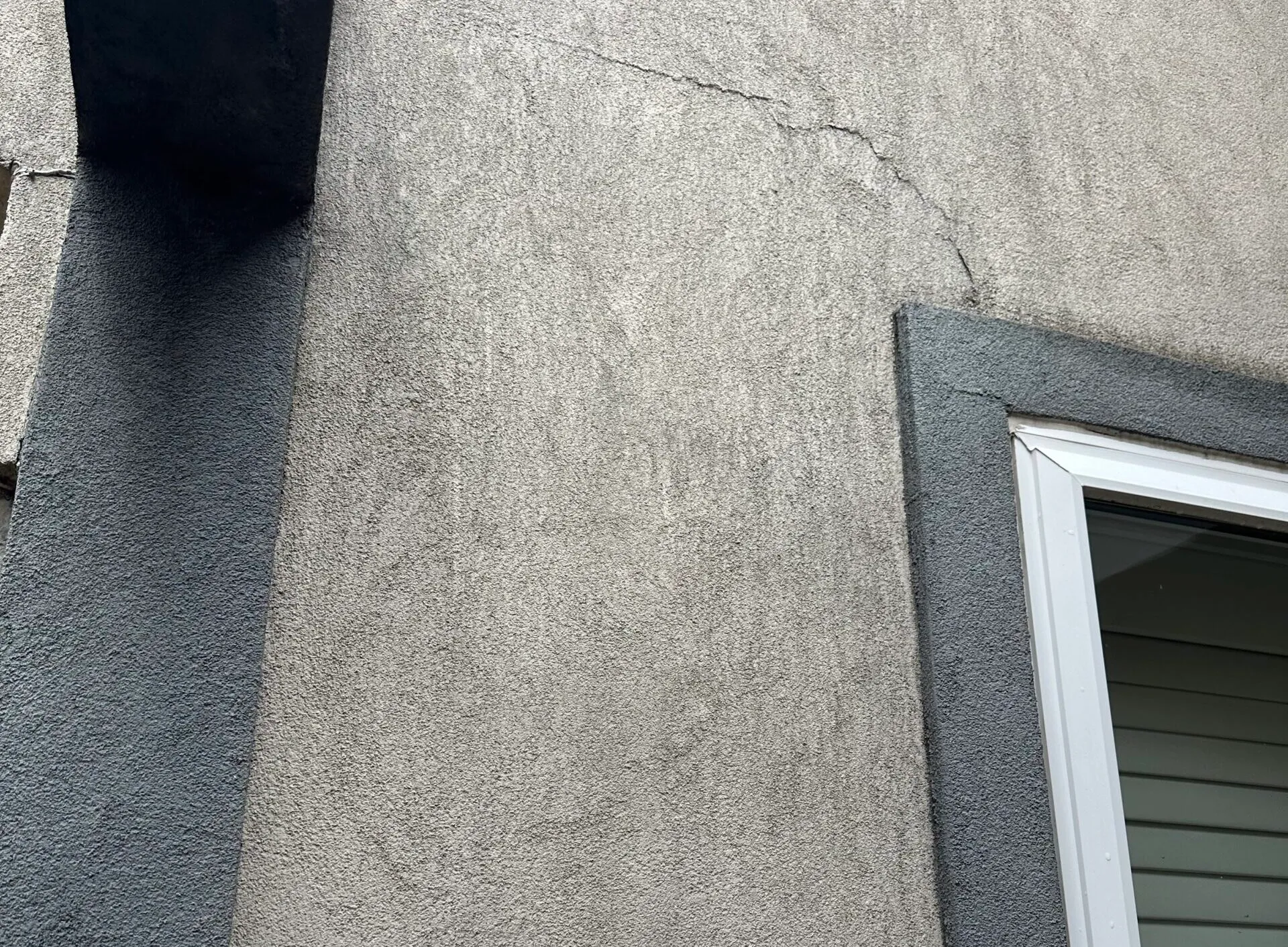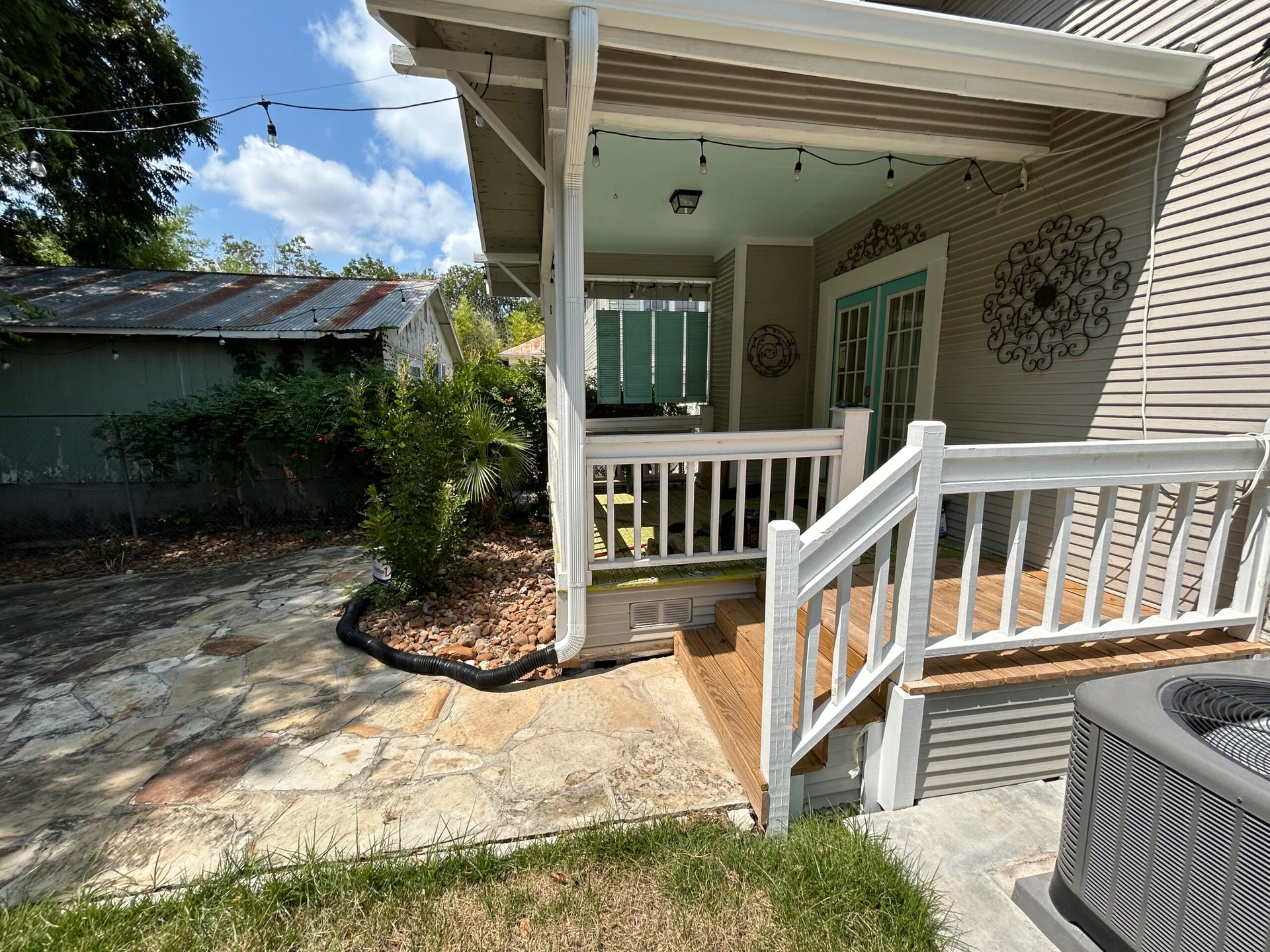While concrete may seem indestructible, it actually needs maintenance if it’s going to last. Concrete is an extremely strong and durable material that’s easy to produce and perfect to build with, but it can also chip, crack and sink. Sunken concrete can create a lot of headaches, and once it starts to sink, your liabilities will go up instead, along with your concerns.
Sunken concrete is a common problem where concrete slabs settle or shift downward, creating uneven surfaces around your home. This can happen to sidewalks, driveways, patios, pool decks, and even basements and foundations. Left unrepaired, sunken concrete can cause tripping hazards, drainage problems, and even structural damage to your home.
What causes concrete to sink?
The culprit behind sunken concrete is often the soil beneath the slab. Over time, factors like weather, poor drainage, plain old gravity, or even tree root growth can erode or shift this soil, leading to a loss of support and causing the concrete slab to sink.
Weather & Poor Drainage: Improper drainage is an enemy of concrete. If water isn’t properly directed away from your concrete surfaces, it can saturate the soil and cause it to wash away, leading to settling and sunken concrete. Weathering and erosion can also gradually wash away soil particles, leaving the concrete slab with less support.
Tree Root Growth: Tree roots are surprisingly strong and can exert a lot of pressure on concrete slabs as they grow. This pressure can cause the concrete to crack and unevenly rise or sink. Ideally, trees should be planted at least 25 feet away from your home.
Improper Base Installation: Most people miss this one, but if the base material beneath the concrete wasn’t properly compacted or wasn’t thick enough during the initial pour, it can settle over time, leading to sunken concrete.
Signs of sunken concrete
So how can you tell if your concrete is sinking? There are a few key signs to watch out for:
Surface Cracks: Cracks in the concrete surface, ranging from hairline fractures to large fissures, can indicate uneven settling.
Uneven Surfaces: One of the most obvious signs of sunken concrete is unevenness in the surface. You might notice that your driveway, patio, or sidewalk has developed slopes or dips, creating an uneven walking or driving surface.
Pooling Water: Pooling water around the concrete is also a red flag that indicates drainage issues and potential settling problems. If you notice water collecting in low spots or depressions on your concrete surfaces, it could be a sign that the concrete has sunk, disrupting the natural drainage flow.
Sticking Doors and Windows: If your doors or windows are sticking or difficult to close, it could be a sign that the concrete foundation is shifting or settling.
Identifying these signs early on can help you address sunken concrete before it causes further damage to your property. It’s important to regularly check your foundation for signs of potential issues.
Solutions for sunken concrete
If you suspect you’ve got an issue with sunken concrete, it’s time to take action! Contact Pinnacle Foundation Repair for your FREE foundation inspection and customized repair plan. We’ll talk you through potential options to get your sunken concrete back to level ground. Each method below has its pros and cons (depending on the severity of the problem), so it’s a good idea to chat with a pro first to figure out what’s best for you.
Mudjacking
If you’re looking for a tried-and-true fix, mudjacking (also known as pressure grouting or slab jacking) might be the answer. It involves drilling small holes into the affected concrete slab, and then injecting a mixture of soil, water, and cement beneath the concrete. As the mixture fills the voids and stabilizes the soil, the concrete is lifted back to its original position.
Mudjacking is cost-effective, quick, and doesn’t cause much disruption to your yard. But it might not work for really beat-up concrete or if the soil underneath is a mess.
Polyurethane Foam Injection
For a lighter touch, consider polyurethane foam injection. This method uses expanding foam to lift the concrete, filling gaps and stabilizing the soil. It’s quick, efficient, and won’t weigh down the soil.
Here’s how it works: we inject the foam through a hole with a mechanical port, which helps it pass into, through, and under the slab. Once it’s underneath the slab, it works its magic by rapidly expanding air bubbles in all directions, lifting the concrete right back up. Plus, it keeps its shape and volume for a long time, resisting erosion and moisture buildup. And don’t worry about it adding extra weight – it’s pretty lightweight.
(Note – we use a closed-cell polymer foam, which does wonders for lifting sunken concrete slabs. Unlike open-cell foams that can trap gas pockets and soak up water, the closed-cell version seals everything tight and keeps water out).
Replace the concrete
And when things get really bad, there’s always concrete replacement. Yep, that means tearing out the old stuff and pouring fresh concrete. It’s a bit of a hassle and can cost more, but sometimes it’s the only way to go for severe damage or structural issues. One downside to this – a new slab will probably not match the concrete surrounding it, both in color and texture.
As concrete replacement often comes with a hefty price tag, we’ll help you diagnose why it wore down in the first place. Ignoring the root cause could just set you up for a repeat performance for your replacement concrete, especially if it was because the slab was too heavy or the soil underneath couldn’t handle the load.
Worried about sunken concrete? Contact Pinnacle for help
Don’t wait until your concrete starts sinking to take action. Make it a habit to inspect your concrete surfaces and foundation regularly for signs of settlement, cracks, or pooling water. Addressing issues early can help prevent more extensive damage and costly repairs down the road.
And let’s not forget prevention – good drainage, soil care, and regular checks can make all the difference in stopping sunken concrete before it starts.
If you’re unsure about your next steps, don’t hesitate to call in the pros. At Pinnacle Foundation Repair, we have over 20 years of experience dealing with sunken concrete issues. We’ll assess the situation (for free) and guide you towards the best solution for your home.



